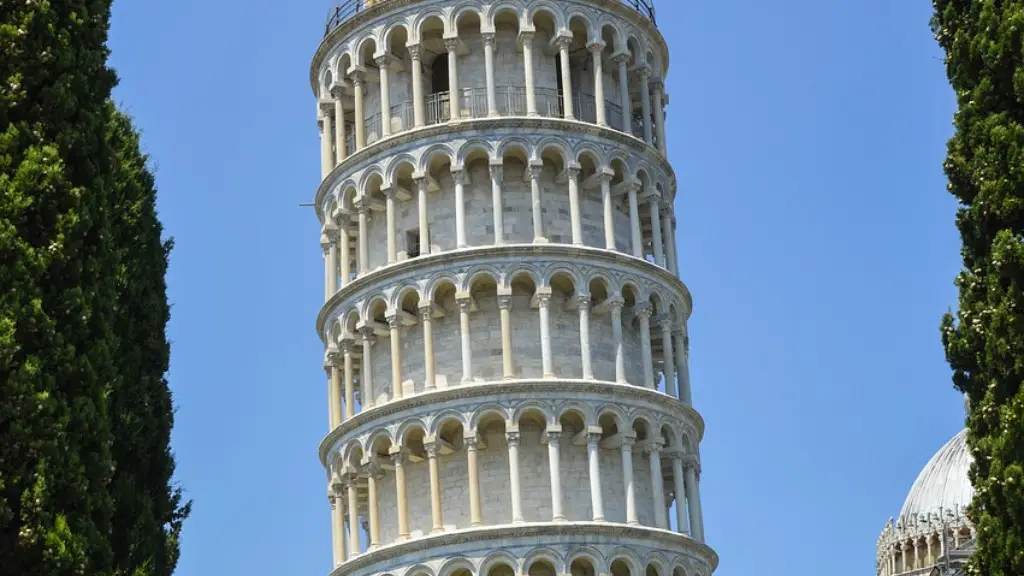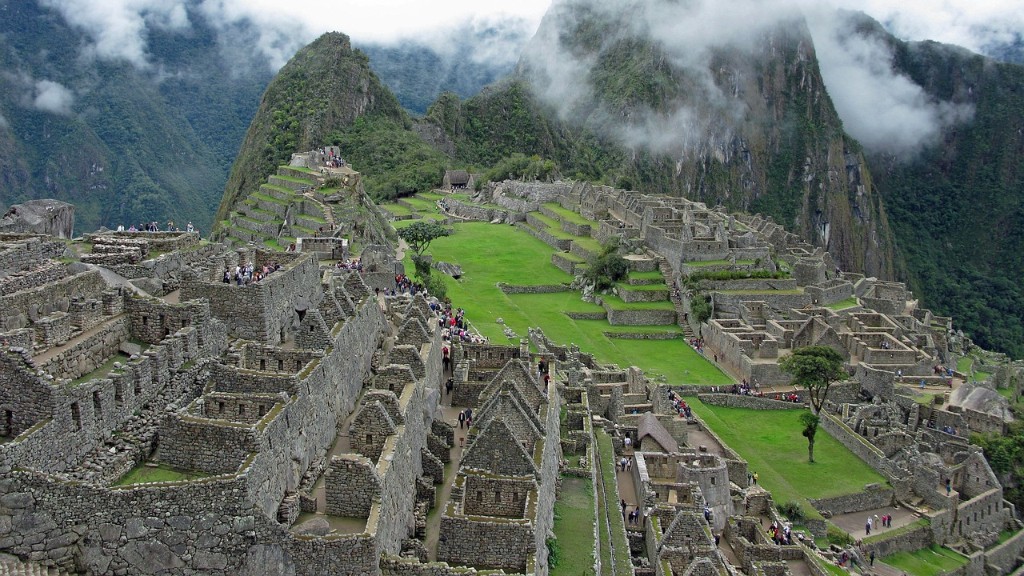Pompeii is a city that has been frozen in time and preserves glimpses of a bygone era that is still captivating for visitors from far and wide. The city’s unique history has pushed this ancient Roman settlement onto the world stage, making it a sought after tourist hotspot. Despite Pompeii’s ability to arouse interest, it faces many challenges that are preventing it from being fully appreciated and ready for visitors. Here we consider the biggest problem facing Pompeii today.
The biggest problem facing Pompeii today is undoubtedly its continuous state of disrepair. Of the 3,000 archaeological sites across the world, Pompeii features highest on the list of heritage sites that are playing a dangerous game with decay. Recent discoveries about the decay of the site, highlight an alarming development as rocks and walls are slowly crumbling down. A lack of adequate maintenance and renovation, is leaving Pompeii more vulnerable to unsustainable deterioration.
In spite of the landmark status of Pompeii, the site still struggles to attract the resources required to maintain and preserve it. The funding allocated to the cultural heritage site has been woefully insufficient and when augmented by local institutions, the amount is still not enough to address the years of neglect. As a result, the future of the fragile remains of this ancient city remains questionable.
In addition to the deterioration of the site itself, there are concerns surrounding the impact of various human and environmental influences. Pompeii is part of a wider eco-network and land developments such as increased urbanisation, industrialisation and motorway construction have caused long-term damage to the surrounding landscape that detrimentally affects the city’s archaeological treasures.
Of the many threats that Pompeii is facing, the future for the UNESCO World Heritage site hangs in the balance as inadequate funds restrict preservation and development efforts. While specialised maintenance works and structural reinforcement projects have been made in the past, the momentum has not been sustained, so the structures of the buildings remain vulnerable to damage and disintegration.
The mitigation and management of Pompeii depend heavily on the awareness and attitude of both local and international stakeholders. It is encouraging that a vast majority of visitors demonstrate sensitivity to the site’s vulnerability, but greater efforts are needed to preserve this ancient gem. From financially supporting restoration and preservation works, to advocating for protection measures, the public can contribute in meaningful ways to ensure that the city is safeguarded.
The Lack of Local Engagement
In spite of the attraction that Pompeii provides its modest number of tourists, it remains an inaccessible destination for the locals. Too often, the opportunities offered by Pompeii are not appreciated by local citizens as there’s a deficiency of understanding and appreciation of the city’s impressive history. This has resulted in a limited scope for active community engagement with the site, highlighting a need to promote this attraction more vigorously.
The conservative attitude of the local populace is further compounded by the endemic tourist behaviour that besets the ancient settlement. Whether it’s the trashing of walls with graffiti, the instigation of damage by hoards of tourists or the sell-off of artefacts and mementoes as souvenirs, an unregulated atmosphere can create inconvenience for nearby residents. This is unsettling for the people occupying Pompeii’s immediate surroundings as it’s almost impossible to control the goings-on at the site.
It is hoped that inflowing funds and investment change the outlook of the local populace and that the priceless artefacts of Pompeii can be protected with the help of the local community. Education and the continued provision of awareness-promoting campaigns are necessary to ensure that the city’s heritage can shine through despite its current challenges.
The Threat of Climate Change
The other major catastrophe facing Pompeii is the impending threat of climate change. Environmental experts are ringing alarm bells about the impact global warming is having on the ancient structures, with archaeologists saying that rising temperatures and humidity levels are causing severe damage to the remains. The water table near the site is also continuing to rise, threatening the treasure trove of artefacts held within its grounds.
Furthermore, the city has been bracing itself for the inevitable fallouts of extreme weather patterns. Extreme temperatures in the region reach as high as 41 degrees celsius, exacerbating the already accelerated crumbling of its defensive walls. The site is more sensitive to such intense conditions, due to the presence of salt and pollutants, which both injure the old stonework.
Experts agree that urgent action needs to be taken in order to, in part, shield the site from the climate crisis. Preservation projects and stabilisation works must be implemented, but the resources are lacking to make this happen. Other protective measures such as the optimisation of shade, ventilation and humidity control systems, can help to reduce the impact of climate change on the vulnerable structures.
Reforming Tourist Access
Besides the strains of climate change and local engagement, Pompeii is being bombarded by an immense number of tourists. While the influx of visitors is a sign of the site’s success, the former Roman settlement is not equipped to entertain a large quantity of guests. The city’s narrow streets and roads are overcrowded by the thousands of people who traverse its grounds.
The deplorable amounts of refuse that is discarded by visitors is another problem, and the lack of waste management solutions onsite is making the mess worse. In addition, the limited range and number of food vendors available in the area, have meant that it is difficult for the public to replenish their energy, with little option but to purchase poor-quality snacks.
The city also operates on outdated navigation systems, which can make getting around a difficult task for unaware visitors, especially for people with limited mobility. The absence of proper visitor guidance and valuable information, exacerbates the potential for a negative tourist experience.
The neglect that Pompeii has been subject to is clear and its restoration is a massive undertaking. In order to mitigate the damaging effects of tourism, city planners must develop measures to enhance visitor comfort and safety. Such solutions could include the implementation of crowd-control systems, and a proper waste management strategy that segregates refuse into recyclable and non-recyclable categories.
A Bright Future
However, there is cause for hope as the city has slowly been returning to its past glory, with reconstruction, conservation and awareness raising projects being implemented in the city centre. For instance, recent works have focussed on the repair and renovation of public spaces such as public baths, restaurant areas and the Temple of Isis.
Moreover, the Pompeii Archaeological Park, the UN organization that is responsible for the site’s conservation, has invested heavily in state-of-the-art technology such as 3D scanning and virtual reality. This has enabled the implementation of more comprehensive preservation programmes and also serves to educate people about the city’s history. Alongside this, audio-visual equipment has been used to bring history alive as visitors can experience it in its full glory.
The investment of finances, time and manpower is beginning to pay dividends and the overall condition of Pompeii’s canals, walls and structures are improving. While the challenges that Pompeii faces today will remain for years to come, thanks to the combined forces of well-equipped archaeologists, generous investors, and social media awareness campaigns, this ancient city can continue to shine and spark interest across the globe.
Educating Tourists
The most effective way to protect Pompeii into the future is to embed educational programmes into tourists’ experiences. This can be done by frequently arranging guided tours, on-screen tutorials and educational activities to teach visitors about the value and fragility of the site. The purpose of this is to make sure that visitors understand the city’s fundamental values and the importance of preserving its cultural heritage.
The educational aspects of Pompeii can be further explored by encouraging the public to understand the underlying concept that the ancient city symbolises. From its mesmerising jewels to its remarkable walls, this city is filled with civilisations that have transcended the ages, and its ruins are a lesson to be learned by all. After all, the world is rather transient and the tales of Pompeii stand testament to that fact.
In recent times, there have been attempts to capitalise on the city’s beauty, such as filming sequences in their movie sets, but this is not beneficial to the preservation efforts of Pompeii. While this affords the site greater financial support, its desecration does not gel with the mission to protect the cultural heritage.
Education is the key to unlocking the undying appeal of Pompeii as knowledge and understanding will hopefully provide visitors with the appreciation and respect that the ancient city deserves.
Offering Economic Opportunities
Aside from investing in the skills, knowledge and understanding of protectors and visitors of the site, there needs to be an economic outlet that contributes to the site’s protection. This can be achieved through the organisation of yearly events, such as the Pompeii’s Pompeian Week, which takes place every October. This event is designed to offer tourists and locals cultural and leisure activities in a convivial atmosphere.
The economic incentives offered by such events also extend to local businesses in the form of enhanced employment prospects, as the venues and services in and around the city are full of variants. This creative and social way to support the city allows it to remain open to the public, despite being in a perilous state.
Organising events such as the Pompeian Week is essential to promote wider awareness and appreciation of the site’s fragility. Through these events and associated events, funds are raised that are then channelled back into the restoration works that are critical for the upkeep of the city.
What’s more, the cultural events organised have been encouraging members of the public to engage directly with the city and its vibrant resources. Such tourism offers genuine, affordable events that encourage cooperation and interaction. This developmental approach helps strike the balance between economic benefit and the cultural implications of overrunning the city with commercialism.
Conclusion
The many problems facing Pompeii are daunting, but action plans are available to restore and modernise the city. Government initiatives along with the help of private companies, locals and tourists from around the world all have a role to play to protect the amazing structures that were once forgotten beneath the ashes. Regardless of the challenge, there is the belief that a brighter future can be created for the city where its heritage remains a source of inspiration for generations to come.

